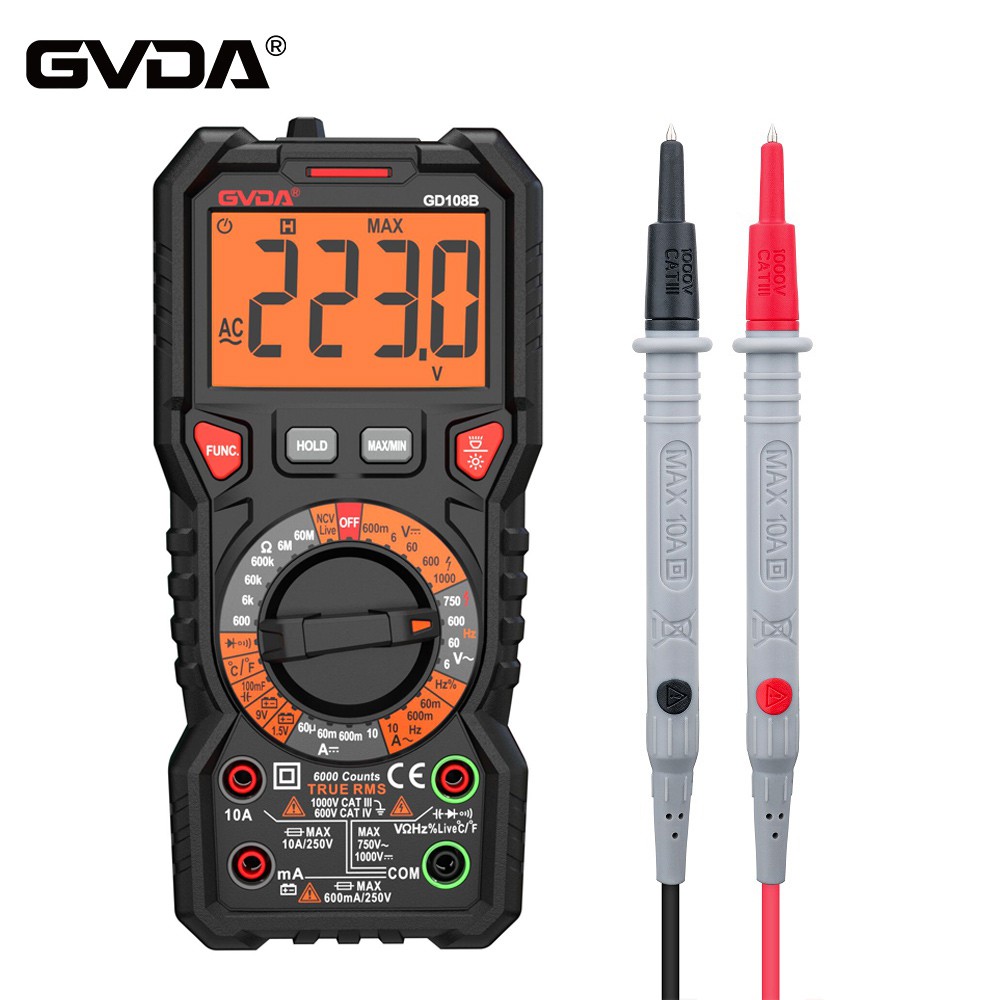In the resistance section of a digital multimeter, what do k and m mean?
In resistance, K stands for KΩ, i.e. thousand ohms, and M stands for MΩ, i.e. megohms.
The k and m of the digital multimeter resistance gear should be capital K and M. Note that lowercase m and uppercase M are labelled here to represent different meanings. If it is lowercase m represents milliohms, while the capital M represents megohms.
Measuring resistance in a resistor block. Resistance values vary widely, from a contact resistance of a few milliohms (mΩ) to an insulation resistance of billions of ohms. Many digital multi-meters measure resistance as low as 0.1 ohm, with some measurements as high as 300 megohms (300,000,000ohms).
Resistance must be measured with the circuit powered off or damage to the meter or circuit board can occur. Some digital multimeters offer protection in the event that a voltage signal is incorrectly connected in the resistance mode. Different models of digital multimeters have different protection capabilities.
When making accurate measurements of low resistance, the resistance of the measurement lead must be subtracted from the measured value. Typical test lead resistance values are between 0.2Ω and 0.5Ω. If the resistance of the test lead is greater than 1Ω, the test lead should be replaced.
If the digital multi-meter supplies a DC voltage of less than 0.6V to the measurement resistor, it is possible to measure the resistance value of a circuit board isolated by a diode or semiconductor. Thus the resistor can be tested without removing it.






